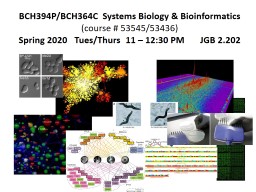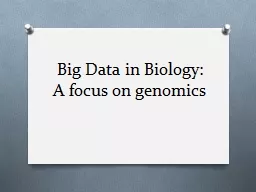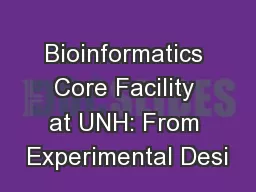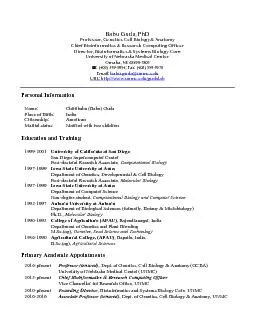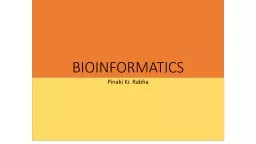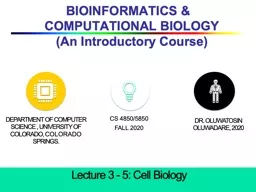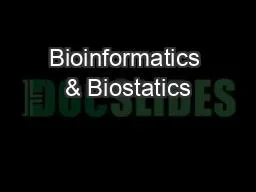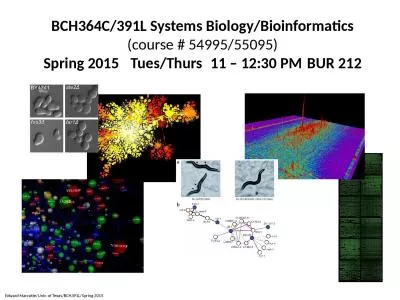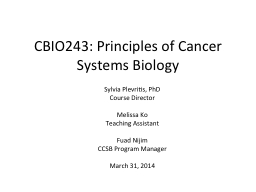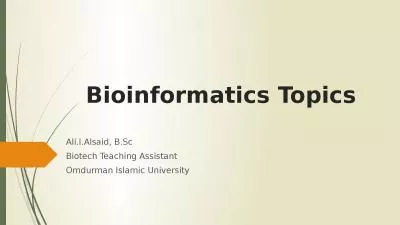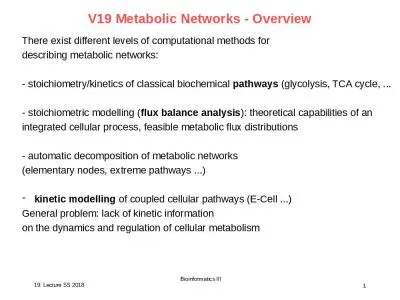PPT-BCH394P/BCH364C Systems Biology & Bioinformatics
Author : oconnor | Published Date : 2024-02-09
course 5354553436 Spring 2020 TuesThurs 11 1230 PM JGB 2202 Instructor Prof Edward Marcotte marcotteicmbutexasedu Office hours Wed 11 12 MBB 3 148BA
Presentation Embed Code
Download Presentation
Download Presentation The PPT/PDF document "BCH394P/BCH364C Systems Biology & B..." is the property of its rightful owner. Permission is granted to download and print the materials on this website for personal, non-commercial use only, and to display it on your personal computer provided you do not modify the materials and that you retain all copyright notices contained in the materials. By downloading content from our website, you accept the terms of this agreement.
BCH394P/BCH364C Systems Biology & Bioinformatics: Transcript
Download Rules Of Document
"BCH394P/BCH364C Systems Biology & Bioinformatics"The content belongs to its owner. You may download and print it for personal use, without modification, and keep all copyright notices. By downloading, you agree to these terms.
Related Documents

